
Exploring the Majestic Ruins of Caracol
Discover the grandeur of Caracol, Belize's largest Maya site, nestled in the Chiquibul Forest Reserve and rich with ancient history and vibrant wildlife.
Nestled within the lush Chiquibul Forest Reserve, Caracol is the largest known Maya site in Belize. This ancient city, which once dominated the region, offers a captivating glimpse into the grandeur of Maya civilization. As you wander through the vast complex, you'll encounter towering temples, grand plazas, and intricately carved stelae that tell the story of a powerful and sophisticated society. One of the highlights of Caracol is Caana, also known as the Sky Palace, which stands at an impressive height of over 140 feet. Climb to the top for panoramic views of the surrounding jungle, a breathtaking reward for your effort. The site's well-preserved structures and detailed hieroglyphs provide valuable insights into the Maya's architectural prowess and cultural practices. Caracol is also home to a rich array of wildlife, making your visit even more enchanting. Keep an eye out for exotic birds, howler monkeys, and other creatures as you explore the ruins. The journey to Caracol is an adventure in itself, with a scenic drive through dense forests and winding roads, adding to the sense of discovery and wonder that defines this remarkable destination.
Local tips in Caracol
- Visit early in the morning to avoid the midday heat and crowds.
- Bring plenty of water, as there are no facilities to purchase drinks on-site.
- Wear comfortable hiking shoes; the terrain can be uneven.
- Consider hiring a knowledgeable guide to fully appreciate the history and significance of the ruins.
- Don't forget insect repellent; the dense forest is home to many bugs.
- Check the weather forecast and plan your visit during the dry season for easier access to the site.
Exploring the Majestic Ruins of Caracol
Nestled within the lush Chiquibul Forest Reserve, Caracol is the largest known Maya site in Belize. This ancient city, which once dominated the region, offers a captivating glimpse into the grandeur of Maya civilization. As you wander through the vast complex, you'll encounter towering temples, grand plazas, and intricately carved stelae that tell the story of a powerful and sophisticated society. One of the highlights of Caracol is Caana, also known as the Sky Palace, which stands at an impressive height of over 140 feet. Climb to the top for panoramic views of the surrounding jungle, a breathtaking reward for your effort. The site's well-preserved structures and detailed hieroglyphs provide valuable insights into the Maya's architectural prowess and cultural practices. Caracol is also home to a rich array of wildlife, making your visit even more enchanting. Keep an eye out for exotic birds, howler monkeys, and other creatures as you explore the ruins. The journey to Caracol is an adventure in itself, with a scenic drive through dense forests and winding roads, adding to the sense of discovery and wonder that defines this remarkable destination.
When is the best time to go to Caracol?
Iconic landmarks you can’t miss
Xunantunich Mayan Ruins
Explore the ancient wonders of Xunantunich Mayan Ruins, a historical gem in Belize offering breathtaking views and rich cultural heritage.
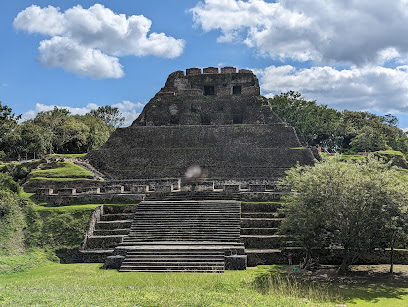
Altun Ha
Explore Altun Ha, Belize: An ancient Mayan city where history comes alive amidst stunning temples and lush landscapes.
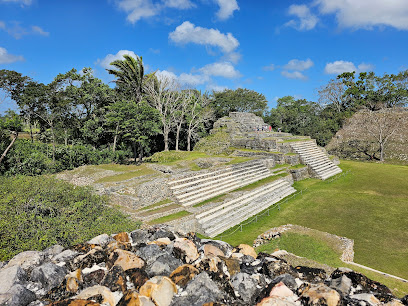
Cahal Pech Archaeological Reserve
Explore the ancient Maya civilization at Cahal Pech Archaeological Reserve, a captivating national reserve in San Ignacio, Belize.
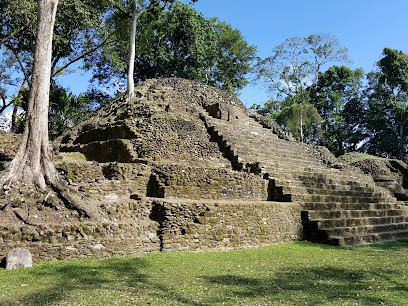
Lamanai Archaeological Reserve
Discover the ancient wonders of Lamanai Archaeological Reserve, a captivating Mayan site surrounded by stunning rainforest and rich wildlife.
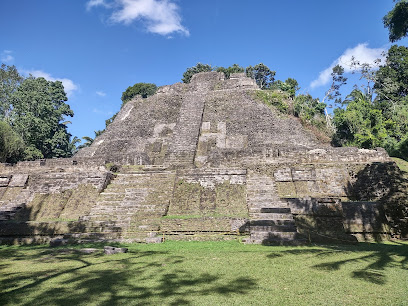
Cahal Pech Village Resort
Discover the enchanting beauty and adventure of Belize at Cahal Pech Village Resort, your perfect getaway in San Ignacio.

Hol Chan Marine Reserve
Discover the vibrant underwater world at Hol Chan Marine Reserve, a premier snorkeling and diving destination in Belize, teeming with marine life and stunning coral reefs.

Rio On Pools
Experience the stunning natural beauty of Rio On Pools, Belize's hidden gem featuring crystal-clear waters, lush landscapes, and perfect spots for relaxation and adventure.
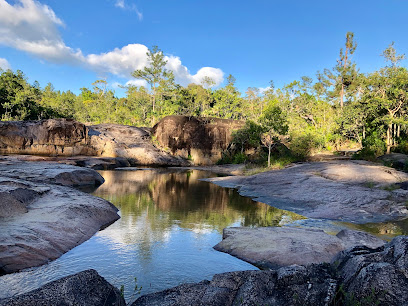
The Lodge at Chaa Creek
Discover the perfect blend of adventure and relaxation at The Lodge at Chaa Creek, a premier resort in the heart of Belize's lush landscapes.
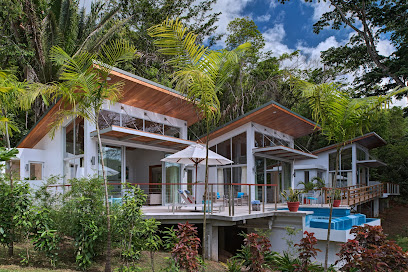
Caracol Natural Monument Reservation
Discover the ancient Maya civilization at Caracol Natural Monument Reservation, a breathtaking archaeological site nestled in Belize's lush jungles.
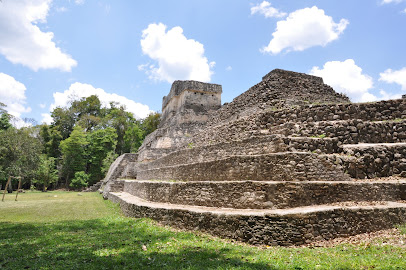
Mayawalk Tours
Explore Belize's rich cultural heritage and stunning landscapes with Mayawalk Tours, your premier tour operator in San Ignacio.

Mountain Pine Ridge Forest Reserve
Discover the breathtaking landscapes and rich biodiversity of Mountain Pine Ridge Forest Reserve, a must-visit national reserve in Belize.
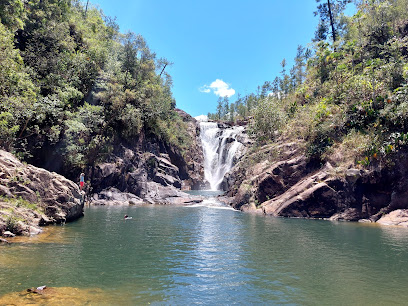
Actun Tunichil Muknal (ATM Cave)
Discover the breathtaking Actun Tunichil Muknal Cave in Belize, where ancient Mayan history meets stunning natural beauty.
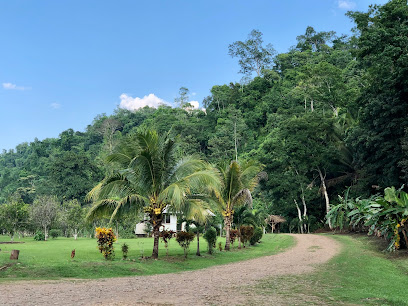
Gaïa Riverlodge
Discover tranquility and adventure at Gaía Riverlodge, a serene resort hotel in Belize surrounded by nature and Mayan history.
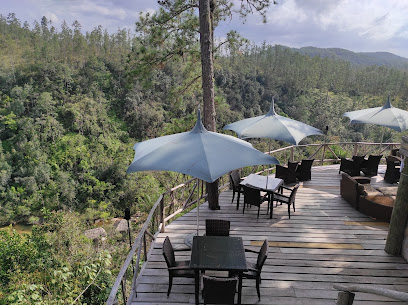
Ka'ana Resort
Experience the perfect blend of luxury and adventure at Ka'ana Resort, nestled in the heart of Belize's stunning landscapes.

St John Anglican Cathedral
Discover the architectural splendor and historical significance of St. John Anglican Cathedral in the heart of Belize City.
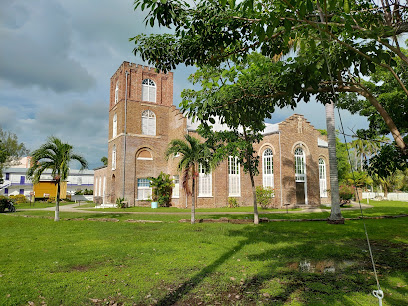
Unmissable attractions to see
Altun Ha
Explore Altun Ha, an archaeological gem of the ancient Maya civilization, surrounded by lush landscapes and rich history in Belize.
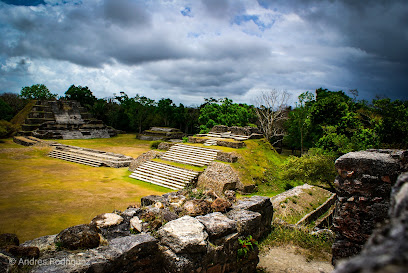
The Belize Sign Monument
Experience the vibrant culture of Belize at the Belize Sign Monument, an iconic landmark perfect for photos and cultural immersion.
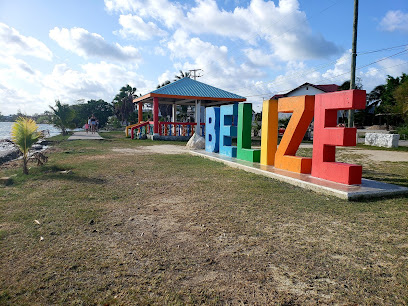
Mountain Pine Ridge Forest Reserve
Explore the stunning landscapes, rich biodiversity, and ancient Mayan heritage of Mountain Pine Ridge Forest Reserve in Belize.
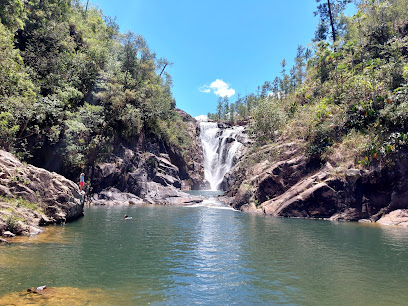
St John Anglican Cathedral
Discover the historical grandeur of St John Anglican Cathedral, a must-visit landmark in Belize City showcasing stunning architecture and rich cultural heritage.
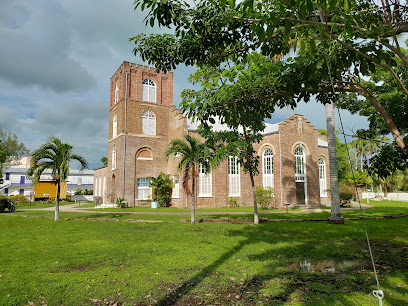
Bacab Eco Park
Experience the lush landscapes and thrilling adventures at Bacab Eco Park, a nature lover's paradise in Belize.
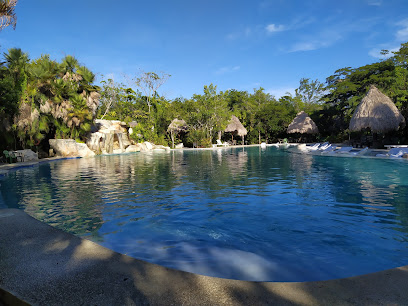
Green Iguana Conservation Project
Explore the Green Iguana Conservation Project in San Ignacio, a sanctuary dedicated to the conservation and education of green iguanas in Belize.
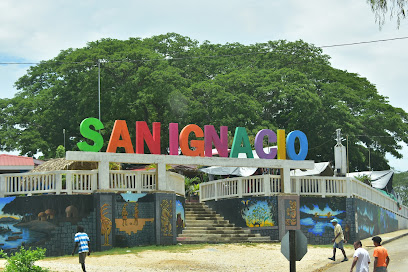
Crooked Tree Wildlife Sanctuary
Explore Crooked Tree Wildlife Sanctuary, a stunning nature preserve in Belize renowned for its rich biodiversity and serene landscapes.

Get To Know Belize Adventure Tours
Discover Belize's natural beauty and rich culture with Get To Know Belize Adventure Tours, your gateway to unforgettable adventures in paradise.
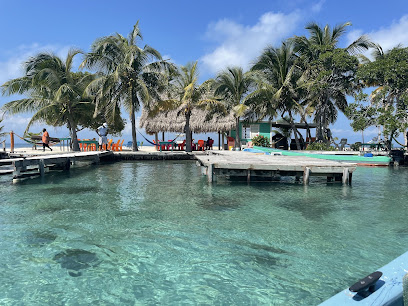
Cerros Mayan Ruins
Explore the breathtaking Cerros Mayan Ruins, an ancient coastal city filled with history, stunning views, and rich cultural heritage in Belize.
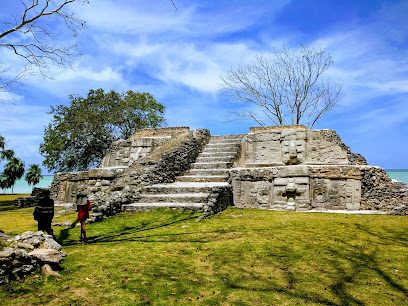
Granite Falls
Experience the breathtaking beauty of Granite Falls in Douglas Da Silva, a perfect destination for nature lovers and adventure seekers.
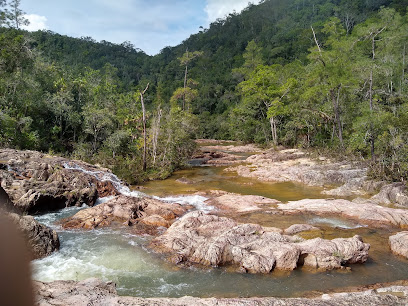
Essential places to dine
Elvi's Kitchen
Experience authentic Belizean flavors at Elvi's Kitchen, a premier seafood restaurant in San Pedro offering a delightful mix of Central American dishes.

The Guava Limb Restaurant & Café
Discover exquisite local flavors and refreshing cocktails at The Guava Limb Restaurant & Café in San Ignacio – your go-to dining destination.
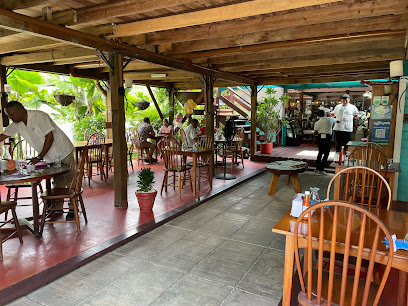
Hode's Place
Discover the flavors of Belize at Hode's Place in San Ignacio - a perfect blend of local cuisine and hospitality awaits you.
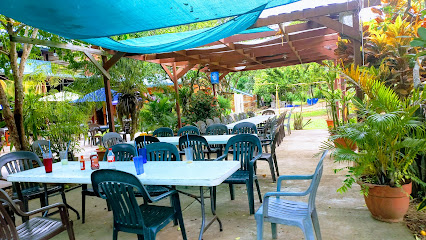
Bird's Isle Restaurant
Experience authentic Belizean cuisine with stunning waterfront views at Bird's Isle Restaurant in Belize City.
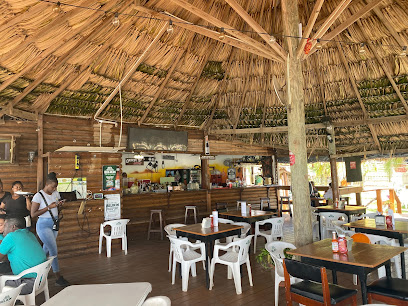
Celebrity Restaurant & Bar
Experience the best of Belizean cuisine at Celebrity Restaurant & Bar, where every dish tells a story and every moment is unforgettable.
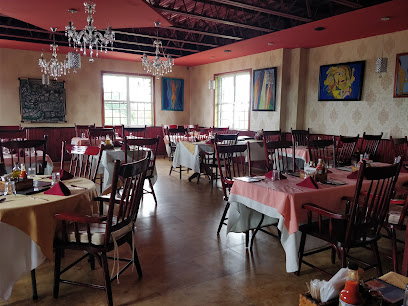
Chon Saan Palace
Experience authentic Cantonese cuisine at Chon Saan Palace in Belize City—where every dish is a flavorful journey through tradition.

Caramba Restaurant & Bar
Experience the vibrant flavors of Belize at Caramba Restaurant & Bar in San Pedro—where delicious cuisine meets stunning Caribbean views.
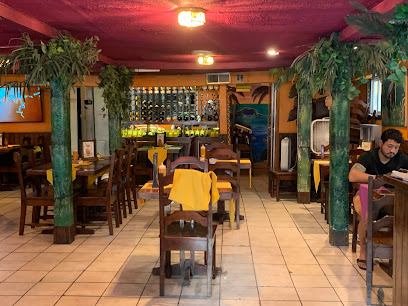
Wendy's Creole Restaurant & Bar
Experience authentic Belizean Creole cuisine at Wendy's in Placencia – where every dish tells a story.
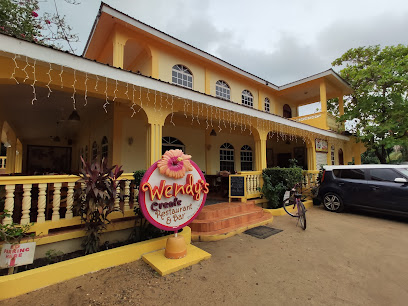
Friendship Restaurant
Savor authentic Chinese cuisine at Friendship Restaurant in Belize City – where flavor meets hospitality in every dish.
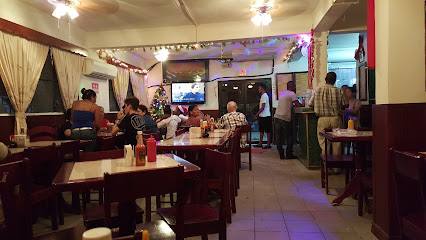
Island Breeze Bar & Grill
Experience authentic Belizean flavors at Island Breeze Bar & Grill in Dangriga - where local cuisine meets stunning riverside views.
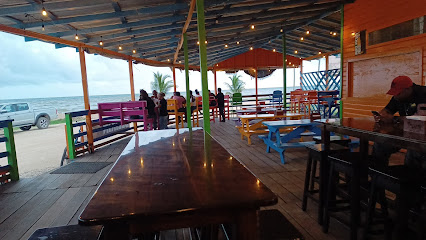
Sahara Grill
Discover authentic Lebanese cuisine at Sahara Grill in Belize City – where tradition meets flavor in every dish.
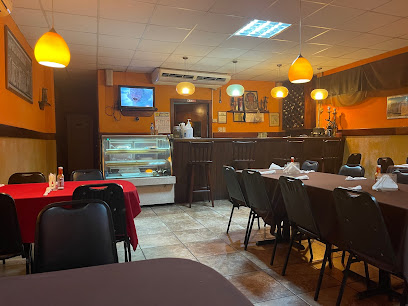
Sumathi
Discover authentic Indian flavors at Sumathi Indian Restaurant in Belize City - where every dish tells a story.
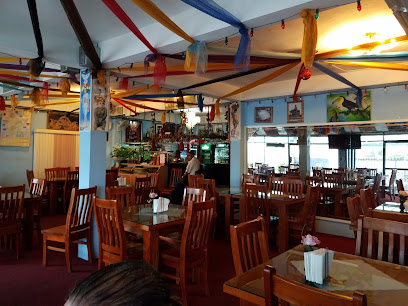
Cenaida's Belizean Food
Discover authentic Central American cuisine at Cenaida's Belizean Food in San Ignacio – where every dish tells a story.
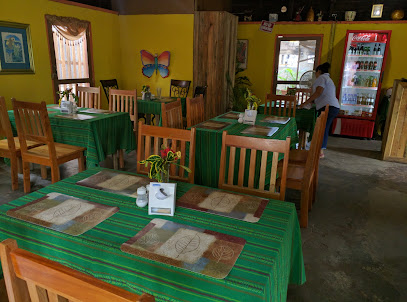
Nerie's
Experience authentic Central American flavors at Nerie's in Belize City - where delicious meets affordable.
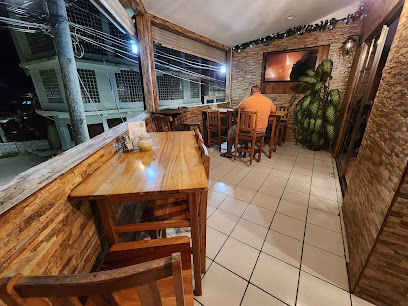
Cocogardens
Discover the flavors of Belize at Cocogardens in Belmopan - where fresh ingredients meet warm hospitality.
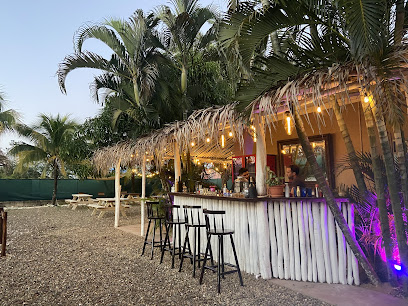
Markets, malls and hidden boutiques
Cahal Pech Archaeological Reserve
Experience the majesty of the ancient Maya civilization at Cahal Pech Archaeological Reserve in San Ignacio, Belize.
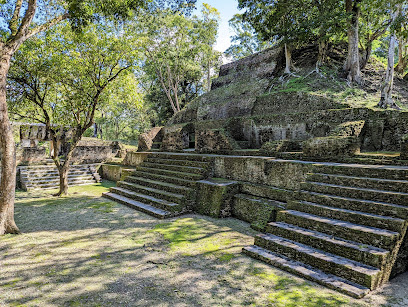
Caracol Natural Monument Reservation
Discover Caracol Natural Monument Reservation, Belize's archaeological gem showcasing the ancient Maya civilization amidst stunning natural beauty.

Down Town Plaza
Explore the vibrant Down Town Plaza in Belize City, a shopping and cultural hub offering unique local products and delightful dining options.
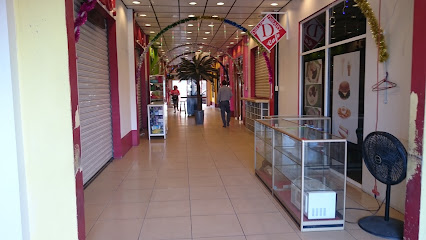
GariMaya Gift Shop
Discover the vibrant artistry of Belize at GariMaya Gift Shop, where local crafts and culture come alive in every unique piece.
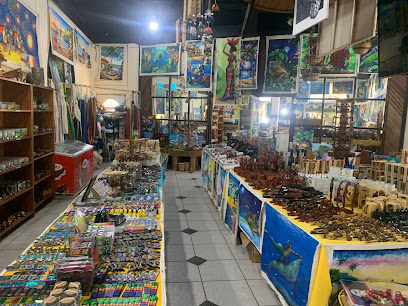
Seahorse Dive Shop
Discover the underwater wonders of Belize at Seahorse Dive Shop in Placencia, where adventure awaits every diver and snorkeler.
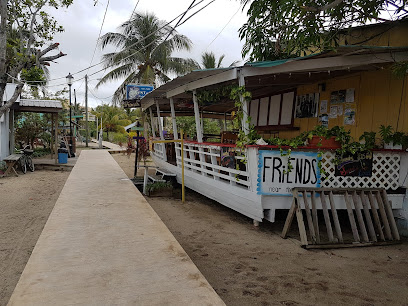
Cockscomb Basin Wildlife Sanctuary
Explore Cockscomb Basin Wildlife Sanctuary, a premier destination for wildlife lovers and nature enthusiasts in Belize’s lush landscapes.
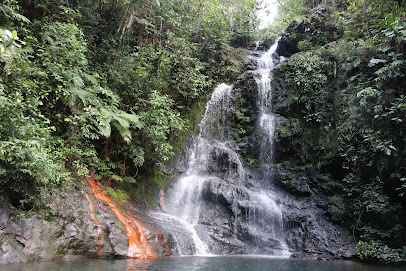
Helen Supermarket
Discover the flavors of Belize at Helen Supermarket, a top grocery destination in San Ignacio with local and international products.
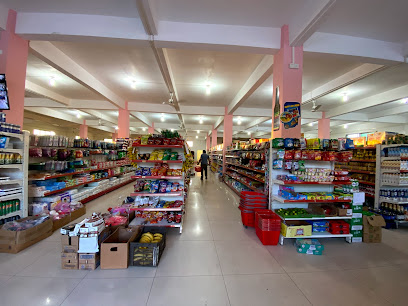
The Orange Gallery
Explore The Orange Gallery: A Premier Destination for Authentic Belizean Art, Unique Souvenirs, and Handcrafted Gifts.
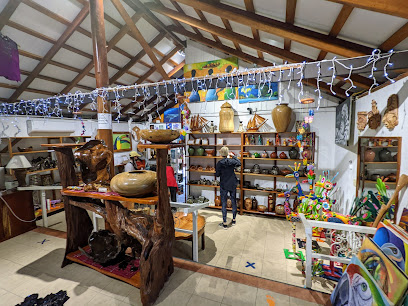
San Ignacio Market
Experience the vibrant culture of Belize at San Ignacio Market, where local flavors and handicrafts come alive in a bustling atmosphere.
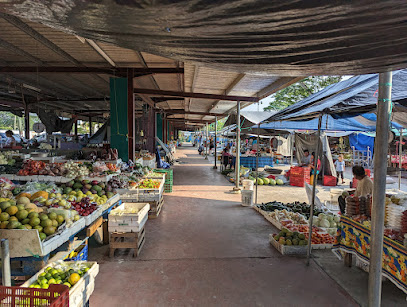
Havana Cigars
Experience the essence of relaxation at Havana Cigars, where premium cigars meet a vibrant lounge atmosphere in San Pedro, Belize.
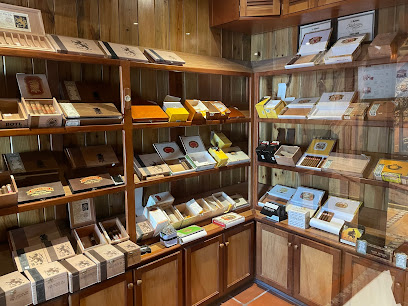
Crooked Tree Wildlife Sanctuary
Explore the beauty of Crooked Tree Wildlife Sanctuary, a nature preserve in Belize, rich in wildlife and perfect for birdwatching and natural exploration.
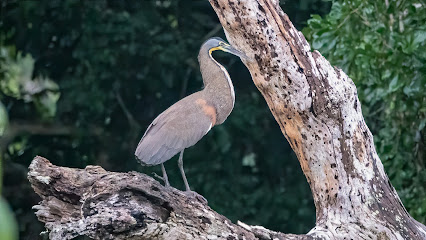
Splash Dive Centre
Discover breathtaking marine life and vibrant coral reefs at Splash Dive Centre, Placencia's premier diving and snorkeling destination.

Belize Botanic Gardens
Discover the beauty of Belize at Belize Botanic Gardens, a serene escape filled with tropical flora and educational experiences.
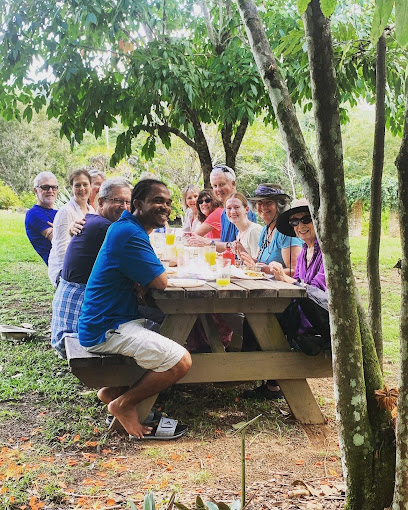
Belizean Breezes Soap Co
Experience the essence of Belize with handcrafted soaps at Belizean Breezes Soap Co., a vibrant gift shop in San Pedro, Ambergris Caye.
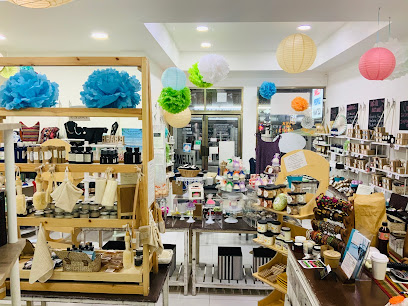
Red Flower Gallery & Boutique
Experience the vibrant artistry of Belize at Red Flower Gallery & Boutique, a must-visit destination for art lovers in Caye Caulker.
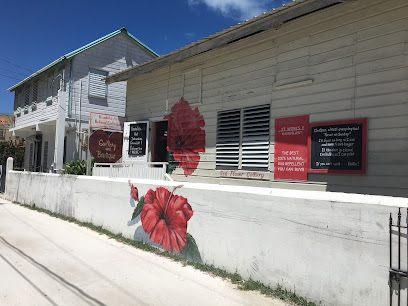
Essential bars & hidden hideouts
The Lazy Lizard
Experience the ultimate relaxation at The Lazy Lizard, a top bar and grill on Caye Caulker offering stunning views, delicious food, and a vibrant atmosphere.
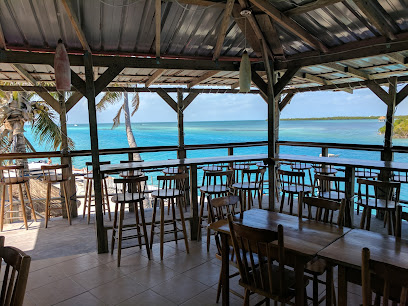
Palapa Bar and Grill
Palapa Bar and Grill: A vibrant grill in San Pedro offering delicious cuisine, refreshing cocktails, and live music against the backdrop of the Caribbean Sea.
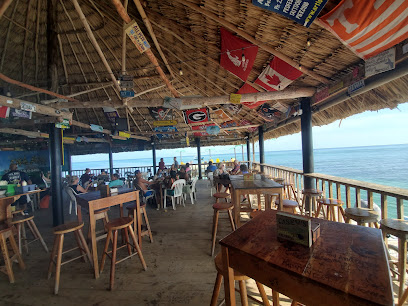
Tipsy Tuna Sports Bar
Experience the vibrant atmosphere and delicious flavors at Tipsy Tuna Sports Bar in Placencia, a perfect blend of grill and relaxation by the sea.
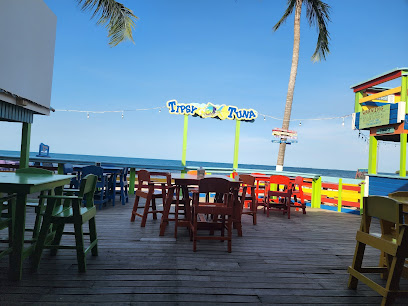
Barefoot Beach Bar
Discover the vibrant spirit of Placencia at Barefoot Beach Bar, where delicious food meets stunning beachfront views and a lively atmosphere.
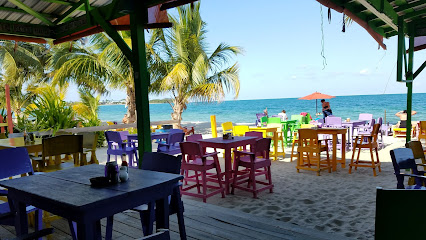
Crocs Sunset Sports Bar
Experience the vibrant nightlife of San Pedro at Crocs Sunset Sports Bar, where great food and live music create unforgettable memories.
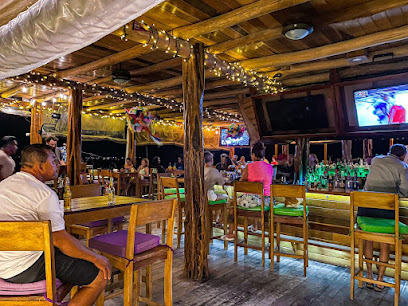
Wayo's Beach Bar
Experience the vibrant atmosphere and delicious local cuisine at Wayo's Beach Bar in San Pedro, your ultimate beachside retreat.
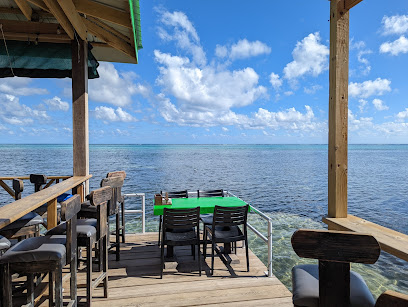
Rum Dog Bar and Grill
Savor the local and international flavors at Rum Dog Bar and Grill, a vibrant culinary gem in San Pedro, Belize.
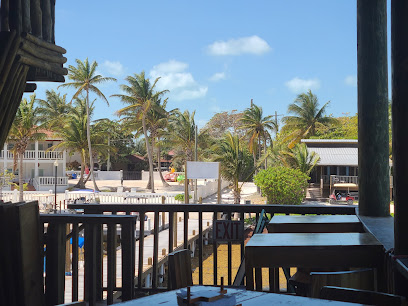
Someplace South Cafebar
Experience a taste of Belize at Someplace South Cafebar, where vibrant flavors meet a lively atmosphere in the heart of San Pedro.
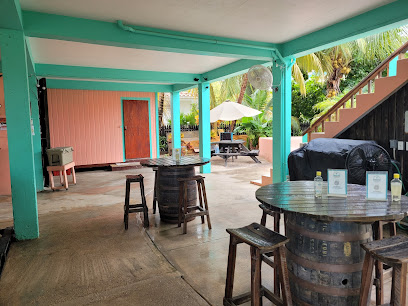
Sip N' Dip
Discover Sip N' Dip: The ultimate beach bar experience in Playa Asuncion, serving refreshing cocktails amidst stunning tropical views.
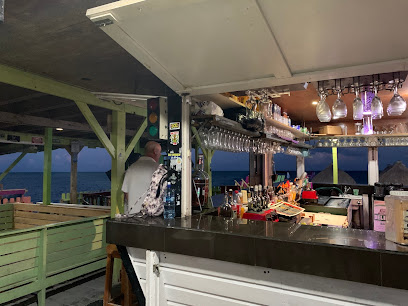
The Islands Jungle Restaurant & Bar
Experience the vibrant flavors of Belize at The Islands Jungle Restaurant & Bar, a tropical haven for food lovers and adventure seekers.
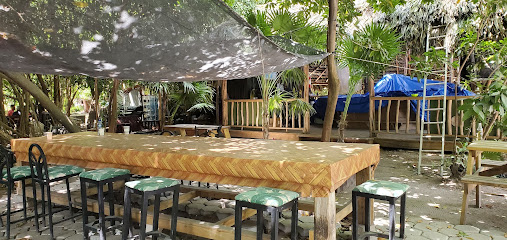
Stella's Sunset Wine Bar & Restaurant
Experience breathtaking sunsets and exquisite cuisine at Stella's Sunset Wine Bar & Restaurant in San Pedro, Belize, the perfect spot for relaxation and indulgence.
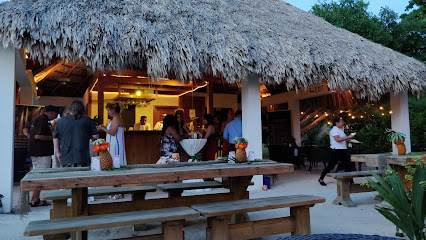
Papa Ben’s Bar & Grill
Experience the heart of Belizean cuisine at Papa Ben's Bar & Grill, where every meal is a celebration of local flavors and warm hospitality.
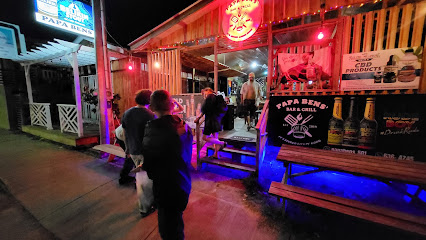
I and I Reggae Bar
Immerse yourself in the vibrant nightlife and reggae rhythms at I and I Reggae Bar, a Caribbean gem in Belize City.
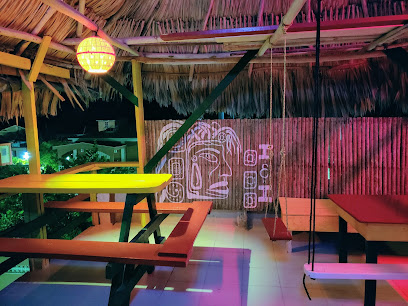
Playa Bar & Grill
Discover the vibrant flavors and stunning views at Playa Bar & Grill, your beachside oasis in San Pedro, Belize.
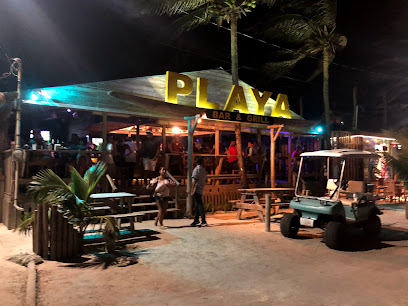
Bahay Fiesta Restaurant & Bar
Explore Bahay Fiesta Restaurant & Bar for an authentic Filipino dining experience in the heart of Belize, blending rich flavors and cultural charm.
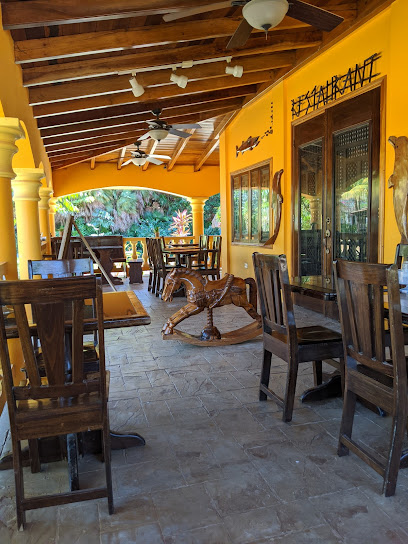
Local Phrases about Caracol
-
- HelloHail up
[hayl up] - GoodbyeLata
[lay-tah] - YesYa
[yah] - NoNoh
[noh] - Please/You're welcomePlis/Tanke
[plees/tahn-kay] - Thank youTank yu
[tahnk yoo] - Excuse me/SorryEgscuse mi/Sari
[eg-skews me/sorry] - How are you?Hau yu di du?
[how yoo dee doo] - Fine. And you?Fine. An yu?
[fyn. an yoo] - Do you speak English?Yu chat Ingglish?
[yoo chat ing-glish] - I don't understandAh noh ondastan
[ah noh on-das-tan]
- HelloHail up
-
- I'd like to see the menu, pleaseMi wahn si di menu, plis
[mee wahn see dee menu, plees] - I don't eat meatAh noh iit miit
[ah noh eet meet] - Cheers!Chiyas!
[chee-yas] - I would like to pay, pleaseMi wahn pai, plis
[mee wahn pie, plees]
- I'd like to see the menu, pleaseMi wahn si di menu, plis
-
- Help!Elp!
[elp] - Go away!Go aweh!
[go ah-way] - Call the Police!Kaal di Poliis!
[kaal dee po-lees] - Call a doctor!Kaal ah daktar!
[kaal ah dak-tar] - I'm lostAh los
[ah loss] - I'm illAh siik
[ah seek]
- Help!Elp!
-
- I'd like to buy...Mi wahn bai...
[mee wahn buy...] - I'm just lookingAh jas lukin
[ah jas look-in] - How much is it?Ha muoch dis?
[hah mooch dees] - That's too expensiveDat tuu ekspensiv
[dat too ex-pen-siv] - Can you lower the price?Yu kyahn lowa di prais?
[yoo kyahn low-ah dee price]
- I'd like to buy...Mi wahn bai...
-
- What time is it?Weh taim ih deh?
[weh time ee deh] - It's one o'clockIh wahn aaklak
[ee wahn aak-lok] - Half past (10)Haaf paas (10)
[hahf pahs (10)] - MorningMawnin
[mawn-in] - AfternoonAftanuun
[af-tah-noon] - EveningIivnin
[eev-nin] - YesterdayYistasdeh
[yis-tas-deh] - TodayTudeh
[too-deh] - TomorrowTamara
[tah-mah-rah] - 1Wahn
[wahn] - 2Tu
[too] - 3Chrii
[chree] - 4Foh
[foh] - 5Faiiv
[fahyv] - 6Siix
[siks] - 7Sevn
[sev-en] - 8Eit
[ayt] - 9Nain
[nayn] - 10Ten
[ten]
- What time is it?Weh taim ih deh?
-
- Where's a/the...?Weh di...
[weh dee] - What's the address?Weh di adres?
[weh dee ad-dress] - Can you show me (on the map)?Yu kyahn shu mi (ahn di maap)?
[yoo kyahn shoo mee (ahn dee map)] - When's the next (bus)?Wehn di neks (bus)?
[wehn dee neks (bus)] - A ticket (to ....)Wahn tiket (tu ....)
[wahn ticket (too ....)]
- Where's a/the...?Weh di...
History of Caracol
-
Caracol, originally known as Uxwitza, meaning 'Three Water Hill,' was founded around 1200 BCE. It began as a small agricultural community and gradually evolved into one of the most significant urban centers in the Maya civilization. Its strategic location in the Chiquibul Forest Reserve provided fertile lands and abundant water resources, which were crucial for the city's development.
-
During the Late Classic period (600-900 CE), Caracol reached its zenith, becoming a dominant force in the southern Maya lowlands. The city's population grew to an estimated 150,000 people, and it covered an area of over 200 square kilometers. Caracol's rise was marked by extensive urban planning, with large plazas, temples, and an intricate network of causeways known as 'sacbeob' connecting different parts of the city.
-
One of the most significant historical events for Caracol was its victory over the powerful city of Tikal in 562 CE. This battle marked a turning point in Caracol's history, as it shifted the balance of power in the region. The victory was commemorated with the erection of Stela 20, which celebrated the triumph of Caracol's ruler, Lord Water.
-
Despite its earlier successes, Caracol began to decline in the late 9th century. The reasons for this decline are still debated among historians, but factors such as environmental degradation, social upheaval, and warfare likely played significant roles. By the end of the Classic period, the city was largely abandoned, and its monumental structures were reclaimed by the surrounding jungle.
-
Caracol remained hidden in the dense jungle until its rediscovery in 1937 by a Belizean logger named Rosa Mai. Since then, numerous archaeological excavations have been conducted, revealing the city's grandeur and its importance in Maya history. Significant discoveries include the Caana (Sky Palace), one of the tallest man-made structures in Belize, and a wealth of artifacts that provide insights into the daily life and culture of the ancient Maya inhabitants.
-
Caracol holds immense cultural significance as a testament to the ingenuity and resilience of the Maya civilization. The site's intricate architecture, advanced agricultural practices, and complex social structures highlight the achievements of the Maya people. Today, Caracol is not only a valuable archaeological site but also a symbol of Belize's rich cultural heritage, drawing visitors and researchers from around the world.
Caracol Essentials
-
Caracol is located in the Cayo District of Belize, near the Guatemalan border. The nearest international airport is Philip S. W. Goldson International Airport in Belize City. From Belize City, you can rent a car or take a domestic flight to San Ignacio, which is about 40 miles from Caracol. From San Ignacio, it's a roughly two-hour drive to Caracol using a 4x4 vehicle, as the roads can be rugged. Several tour operators also offer guided tours that include transportation.
-
While in Caracol, transportation options are limited due to its remote location. Most visitors arrange transport through tour operators or rent a 4x4 vehicle if they prefer to travel independently. Guided tours often include transportation from San Ignacio. Note that the road conditions can be challenging, especially during the rainy season, so ensure your vehicle is well-equipped.
-
The official currency in Belize is the Belize Dollar (BZD), but US Dollars are widely accepted. It’s advisable to carry cash, as credit card facilities may not be available in remote areas like Caracol. ATMs are available in larger towns like San Ignacio, so it's a good idea to withdraw sufficient cash before heading to Caracol.
-
Caracol itself is generally safe for tourists, but it’s important to stay within the designated tourist areas and follow guidelines provided by tour operators. Crime rates are relatively low in Caracol, but tourists should still exercise standard precautions, such as not leaving valuables unattended. San Ignacio, the nearest town, has some areas with higher crime rates; avoid walking alone at night and be cautious in crowded places.
-
In case of emergency, dial 911 for immediate assistance. The nearest medical facilities are in San Ignacio, about two hours away from Caracol. It's recommended to have travel insurance that covers medical emergencies. For minor health issues, carry a basic first aid kit, as pharmacies are not available in Caracol.
-
Fashion: Do wear comfortable and durable clothing suitable for hiking and jungle exploration. Don't wear flashy jewelry or expensive accessories. Religion: Do respect local customs and the ancient Mayan sites. Don't touch or climb on the ruins. Public Transport: Do be respectful and courteous to drivers and fellow passengers. Don't expect frequent or regular public transport services. Greetings: Do greet locals warmly; a simple 'hello' or 'good day' is appreciated. Don't be overly familiar or intrusive. Eating & Drinking: Do try local Belizean cuisine and accept food offerings graciously. Don't litter; keep the natural environment clean.
-
To experience Caracol like a local, consider hiring a knowledgeable local guide who can provide insights into the history and significance of the site. Visit during the early morning to avoid the heat and crowds, and bring plenty of water and snacks. Pay attention to the local wildlife, but maintain a respectful distance. For a unique experience, try to visit during a traditional Mayan ceremony or event to witness the cultural heritage of the region.
Trending Landmarks in Caracol
-
Xunantunich Mayan Ruins
-
Altun Ha
-
Cahal Pech Archaeological Reserve
-
Lamanai Archaeological Reserve
-
Cahal Pech Village Resort
-
Hol Chan Marine Reserve
-
Rio On Pools
-
The Lodge at Chaa Creek
-
Caracol Natural Monument Reservation
-
Mayawalk Tours
-
Mountain Pine Ridge Forest Reserve
-
Actun Tunichil Muknal (ATM Cave)
-
Gaïa Riverlodge
-
Ka'ana Resort
-
St John Anglican Cathedral
Nearby Cities to Caracol
-
Things To Do in Tikal
-
Things To Do in Punta Gorda
-
Things To Do in Placencia
-
Things To Do in Flores
-
Things To Do in Hopkins
-
Things To Do in Dangriga
-
Things To Do in Livingston
-
Things To Do in Rio Dulce
-
Things To Do in Belize City
-
Things To Do in Puerto Barrios
-
Things To Do in Orange Walk Town
-
Things To Do in Caye Caulker
-
Things To Do in Puerto Cortés
-
Things To Do in San Pedro
-
Things To Do in San Pedro Sula








